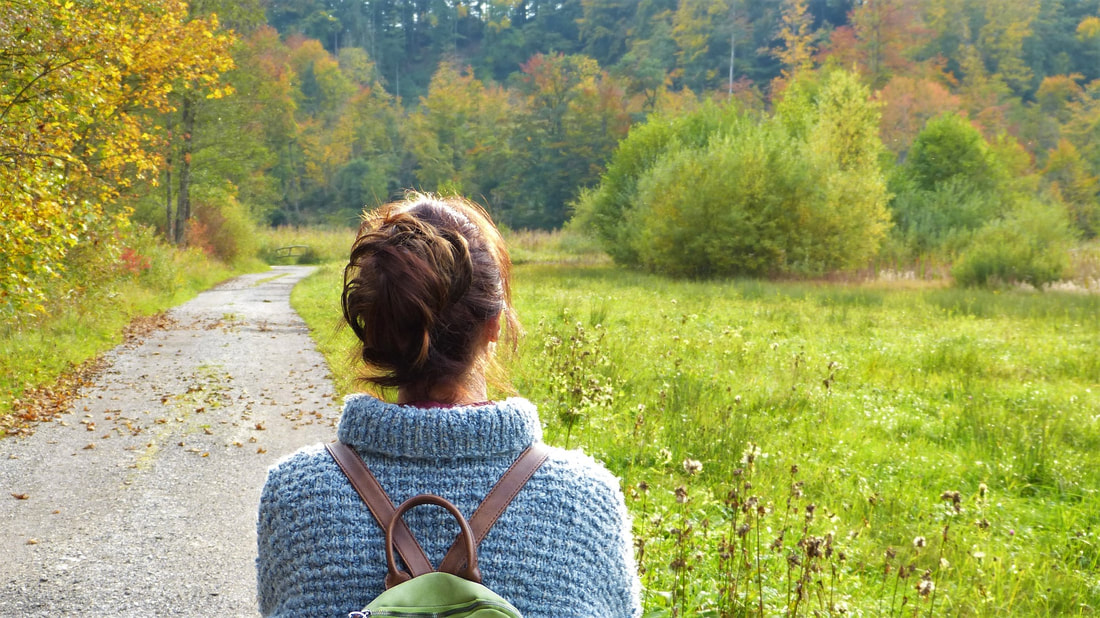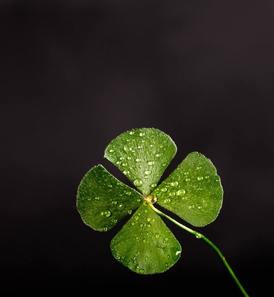|
Elite athletes have been using Alexander Technique and acupuncture for years to maximize their on-field performance.
Professional basketball, football, hockey, and baseball players, and olympic athletes are all on record as benefiting from acupuncture and associated modalities (Olympic swimmers famously demonstrated their use of cupping with purple circular marks on their backs). For elite athletes, the relief from muscle tension, pain and inflammation that acupuncture provides is crucial to their performance. Read a more detailed article here. The Alexander Technique is best known by performers (actors, dancers, musicians) to help them operate at their highest level so they can perform their art. What many people don’t know is that it can help athletes achieve their personal best, too. Alexander Technique improves coordination, balance, and overall efficiency, all of which lead to fewer injuries and less recovery time. There are several Alexander teachers around the world who specialize in specific sports (running, swimming, skiing), but any AT teacher will be able to help you improve your general coordination, which will benefit every activity you engage in. Bob Quinn, an Alexander Technique client of mine writes about his experience here. He says, “I have been a runner since 1973 when I first joined the track team at my high school. I am now 62. For most of those intervening years I have been out on the roads and trails logging mile after mile. That is a lot of wear and tear. I have injured hips, ankles, and my back many times. Since I started to take AT lessons though I have not injured myself running. That is quite an improvement!” If you’re an athlete and want to know more about how I can help you maximize your performance, contact me!
0 Comments
 Hypermobility syndromes (including Ehlers-Danlos Syndrome) affect an estimated 1 in 10 people. Symptoms include chronic, generalized pain as well as digestive upset, bladder issues, skin changes, cardiovascular issues. Many hypermobility groups recommend Alexander Technique as a preventive measure to help with posture, movement, and coordination (e.g., see here and here). With the Alexander Technique, people living with hypermobility syndromes can build coordination skills so they are less likely to injure themselves and less likely to make injuries worse. Acupuncture is a wonderful complementary tool for all the symptoms mentioned above. Where Alexander Technique is preventative, acupuncture can help repair and re-balance systems that aren’t working as well as they used to. Other traditional east asian modalities can be very helpful for chronic pain from hypermobility/EDS, for example, moxibustion has been shown to be helpful for chronic low back pain. Cupping and bodywork can also help with the generalized pain often experienced in hypermobility syndromes. Photo by Engin Akyurt from Pexels.  Studies have shown that acupuncture is effective for fibromyalgia (Cochrane Review). When compared to standard care alone (exercise and medication), patients who received standard care plus acupuncture rated their pain 30 points lower on a scale of 0-100. Research shows improvement in many areas after receiving acupuncture: pain, sleep, fatigue, stiffness, global wellbeing, and physical functioning. When I work with people living with fibromyalgia, I treat the whole person, not just symptoms. I use a variety of modalities and tools to help people feel better. I am skilled in cupping, gua sha, moxibustion, polarity tools, and bodywork. These combined with acupuncture can be very beneficial for people living with fibromyalgia. One fibromyalgia patient said, “I felt so much better after my first treatment with Lauri. I felt very relaxed and had much less pain.”  My Alexander Technique students often ask me how they can work on their AT skills on their own. I wrote up some suggestions, and it turns out some of these are really good suggestions for life in general.
 .A long time ago, my Alexander Technique teacher told me a story of a particularly lovely AT lesson she received in London. After this lesson, she walked to the local cafe, sat down, and ordered a cappuccino. She was in such a balanced state that she took one sip of her cappuccino, sat in the pleasant afternoon sun, paid, and left. She felt no need to finish drinking the cappuccino. She was content with things exactly as they were. In the Alexander Technique, we cultivate skills in inhibition and direction. (If you're unfamiliar with the work, I could describe these phenomena, but any description I provide would be completely inadequate. If you've had Alexander Technique lessons, you know what I'm talking about.) By practicing these skills in an ongoing manner, we are able to bring about the conditions necessary for a balanced, content state. Sometimes this state is fleeting, sometimes it lasts longer. The important point is to practice the skills so you can bring about this state on your own (more on this in a blog post on “working on yourself,” coming soon). I have had a few similar experiences of contentment. One was during a lesson with the teacher mentioned above, at her farm house. She worked with me for a while and at the end of the lesson I was standing in the middle of the room, and I had the sense that I could go on standing like that for a very long time. Now, I'm usually a person who is ready to move on to the next thing pretty quickly, so for me to be content to be where I am for a long time is memorable. There are probably many names for states like this from many other bodies of work. I encourage you not to try to compare this experience to other kinds of work. It may be similar, or it may not. Let it stand on its own, in a room, for a very long time.  Photo by Djalma Paiva Armelin from Pexels Photo by Djalma Paiva Armelin from Pexels About 15 years ago, I came across this article on how to develop the skill of being lucky. I immediately related it to the skills we learn in the Alexander Technique. "Findings have revealed that the thoughts and behavior of unlucky people are responsible for much of their misfortune," according to research by Richard Wiseman. What are the traits associated with being lucky? Being more aware, less tense, and less anxious. These are all skills we develop in the Alexander Technique. The article says that unlucky people are so focused on a particular activity or task that they don't notice opportunities. Lucky people see what's in front of them, not just what they're looking for. In the Alexander Technique we practice using a "unified field of awareness," which is being aware of what's going on inside yourself as well as what's going on outside. Unlucky people practice tunnel vision. As your awareness opens up to include things that aren't your immediate goal (i.e., unified field of awareness), you more easily notice chance opportunities that would otherwise have slipped by you. Unlucky people tend to be creatures of routine, according to the article. Being able to escape from the pull of habit is a trait we develop in the Alexander Technique. The process we use encourages people to stop themselves before going down the path of habit and then consciously choosing how they'd like to respond to a situation. Lucky people are more aware of their intuition. Many times, people react so quickly and automatically to a situation that they're already in action before they're aware of what their intuition is telling them. The article says that lucky people, "are interested in how they both think and feel about the various options..." In the Alexander Technique, we make it a practice to pause before reacting so we can have time to think through the options and choose the best course of action. That gives us time to listen to our intuition. Granted, some situations require a quick response, and, in time, this pause prior to action can become instantaneous. Wiseman states that lucky people create lucky situations with particular skills. We develop some of these same skills in the Alexander Technique. Maybe learning the Alexander Technique could make you luckier. The Alexander Technique (AT) is the work of opening doors and windows and tiny cracks in people's habit patterns so they can experience something new. When you experience something outside of your automatic, stereotyped behavior, you can start the work of change - of figuring out what you want and moving toward it. Until you can step outside your habitual pattern for a moment, there's very little real ability to change.
AT is about bringing to light our habit patterns so we can avoid activating them. Only then can we start to have access to something new and different. One of the wonderful things about this work is that you can't quite imagine what the new thing you'll have access to is. It's at the far side of a leap of faith. Alexander referred to this as “going from the known to the unknown.” You can't know ahead of time what it will be like to have a new experience. I think of acupuncture as the same work in a different form. I use needles, non-insertive tools, cups, gua sha tools, and moxa to make small changes that add up to a new experience of one's self. Once you have a new experience, you can begin the work of nurturing the conditions which allow this new sense of self to flourish. |
Just some stories and thoughts about the Alexander Technique and acupuncture. Archives
February 2020
Categories |

 RSS Feed
RSS Feed
